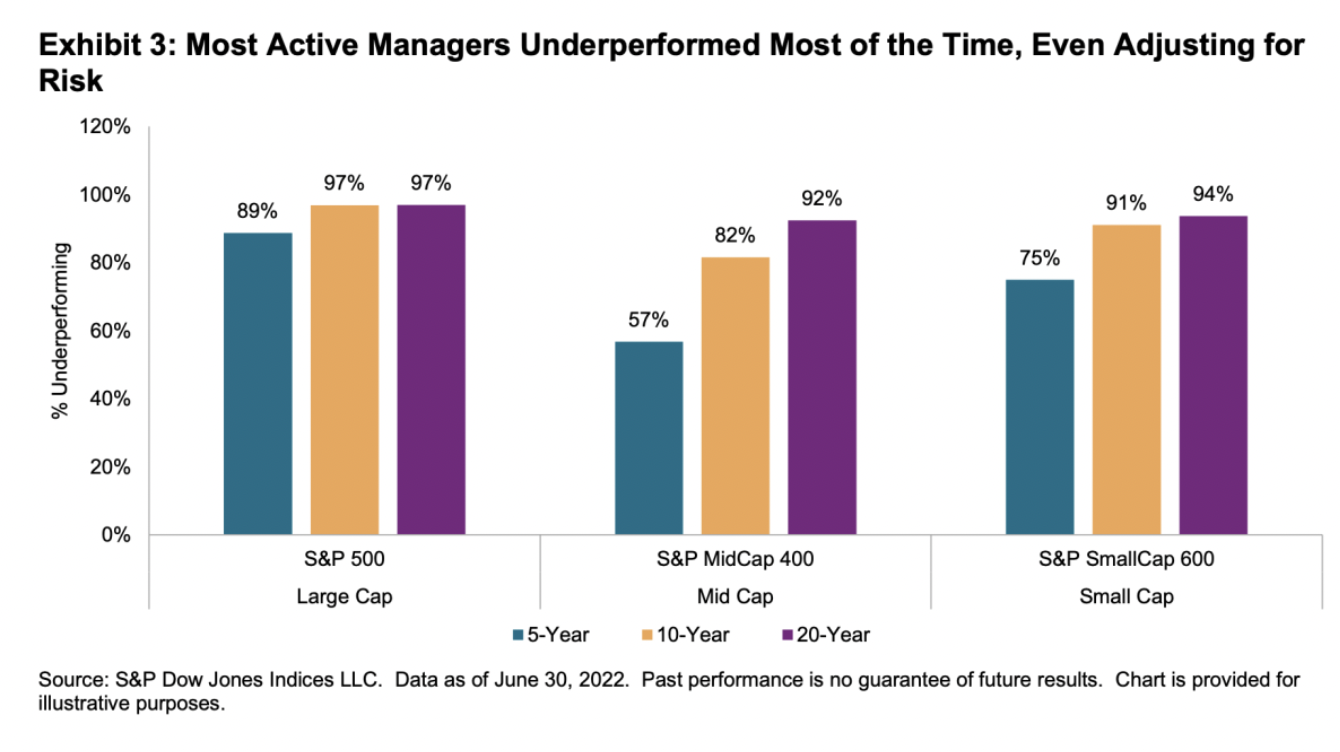The weekend is here! Pour yourself a mug of Volcanica coffee, grab a seat by the fire, and get ready for our longer-form weekend reads:
• Cutting-edge tech made this tiny country a major exporter of food: The Netherlands has used advances in vertical farming, seed technology and robotics to become a global model. (Washington Post)
• The dirty road to clean energy: how China’s electric vehicle boom is ravaging the environment (Rest Of World) see also Green Factories Are Changing Minds in More Conservative US States: At least $25.7 billion of clean-energy factories are in the works, and the jobs they generate are winning over more Americans to solar, batteries and EVs. (Bloomberg)
• How can you tell if the company you’re interviewing with is rotten on the inside? How can you tell the companies who are earnestly trying to improve apart from the ones who sound all polished and healthy from the outside, whilst rotting on the inside? (Charity WTF)
• Where Does All the Cardboard Come From? I Had to Know: I Had to Know. Entire forests and enormous factories running 24/7 can barely keep up with demand. This is how the cardboard economy works. (New York Times Magazine)
• The Myth of the 25-Year-Old Brain: A powerful idea about human development stormed pop culture and changed how we see one another. It’s mostly bunk. (Slate)
• The Sunset: There are plenty of reasons to see nursing homes as sad, neglectful places. There are also reasons to see them as something else entirely. (Longreads)
• How centuries-old whaling logs are filling gaps in our climate knowledge: Whalers from the 18th and 19th centuries are helping 21st Century scientists on climate change. (Grist) see also A Bestiary of Loss: According to many ecologists, we are in the midst of a new mass extinction event. And unlike any other in the Earth’s 4.54 billion year history, this one is caused by a single species of primate: humans. (Public Domain Review)
• It’s Public Land. But the Public Can’t Reach It. A navigation app that illuminates public land within privately held property has supercharged the question of who gets to go where. (New York Times)
• An engineering marvel just saved Venice from a flood. What about when seas rise? Three years ago, a historic rush of water surged into this city, inundating restaurants and churches, tossing boats onto streets, and leaving Venetians distressed about a future with ever more extreme events. But this past week, one of those events arrived — a tide nearly as large as 2019’s — and residents barely noticed. The city was spared from disaster because of a $6 billion engineering project designed to protect Venice from mass flooding and the exhausting cycle of cleanup and recovery. (Washington Post) see also Building Fast and Slow: The Empire State Building and the World Trade Center (Part I) The Empire State Building was completed in 1931. At a height of 1250 feet, it was the world’s tallest building, exceeding the recently completed Chrysler building by 202 feet. It would hold that title for the next 39 years, until 1970 when it was surpassed in height by another New York skyscraper, the under-construction World Trade Center, which would reach a height of 1368 feet on the North Tower. (Construction Physics)
• Shane Gillis’s Fall and Rise: For a provocative comic, losing the job of a lifetime was the beginning of a second act. (New Yorker)
Be sure to check out our Masters in Business next week with Luis Berruga, CEO of Global X. The firm manages $40 billion dollars across nearly 100 thematic ETFs.
Three Reasons Why Indexing Works and Continues to Grow

Source: Evidence Based Investor
Sign up for our reads-only mailing list here.
~~~
To learn how these reads are assembled each day, please see this.

